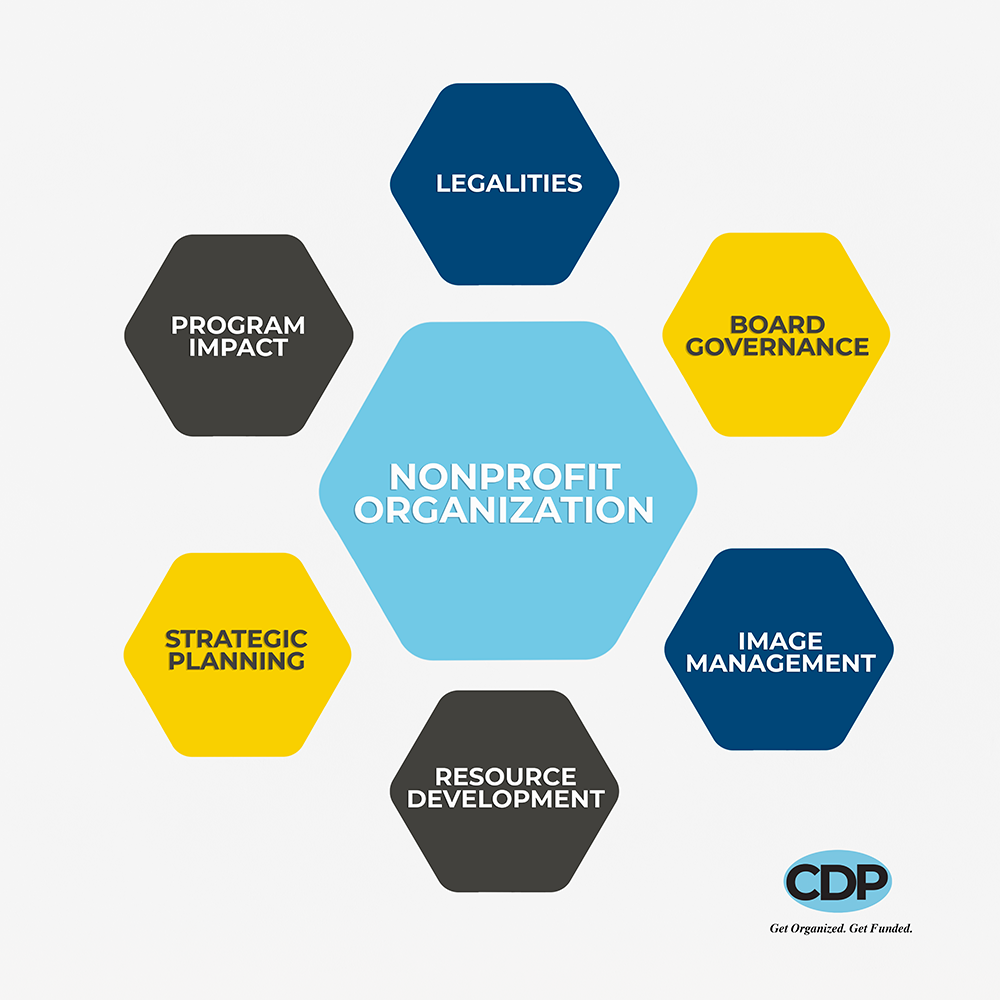The Relevance of Cooperation and Collaboration for a Nonprofit Firm in Maximizing Resources and Enhancing Area Interaction
In the realm of not-for-profit firms, cooperation and partnership emerge as vital mechanisms for intensifying resources and promoting area engagement. By purposefully engaging with various other companies, nonprofits can utilize shared experience and economic assistance, therefore dealing with facility social obstacles a lot more expertly. In addition, these partnerships not only boost program efficacy but likewise grow a much deeper feeling of neighborhood participation and possession. Yet, the true capacity of these collaborative initiatives typically continues to be untapped, questioning about how finest to browse partnerships for optimal influence and sustained success. What aspects add to the effectiveness of these partnerships?
Advantages of Collaboration

In addition, collaboration fosters advancement by motivating the exchange of ideas and finest practices. When organizations interact, they can explore varied point of views, bring about innovative services that may not arise alone. This shared analytic approach can ultimately improve service delivery and program outcomes.
Furthermore, collective initiatives can enhance area engagement. When nonprofits companion with one an additional, they can activate more comprehensive assistance from stakeholders, including volunteers, donors, and community members. This collective involvement not just increases presence however likewise enhances the reputation of the participating companies.
Structure Strategic Partnerships
Cooperation among not-for-profit companies commonly leads to the formation of critical collaborations, which are important for making the most of influence and accomplishing common goals. These collaborations make it possible for organizations to utilize each various other's strengths, improving service delivery and expanding outreach. By lining up goals and missions, nonprofits can produce a synergistic impact that intensifies their reach and performance within the area.
Building calculated partnerships needs cautious planning and common understanding. Organizations ought to initially determine prospective partners that share similar values and objectives, making certain compatibility in objective and vision. Developing open lines of communication promotes trust, permitting partners to review assumptions, sources, and duties transparently. Collaborative initiatives and routine meetings can help preserve momentum and address challenges proactively.
Additionally, plainly defined roles and responsibilities are important for liability and success. Formalizing the partnership through composed contracts can offer a structure for partnership, outlining the range of job, performance metrics, and analysis methods. By cultivating these calculated alliances, nonprofit firms can improve their ability to resolve neighborhood needs, innovate options, and activate sources properly, ultimately causing a much more sustainable and significant influence in the neighborhoods they offer.
Sharing Resources Properly
How can not-for-profit firms maximize their influence with reliable source sharing? By purposefully collaborating with various other companies, nonprofits can improve their functional effectiveness and prolong their reach within the area. Resource sharing involves pooling various possessions, consisting of financial sources, employees, proficiency, and centers, to address Our site usual goals better.

Additionally, leveraging each various other's staminas can cultivate technology. By trading knowledge and best methods, agencies can boost service distribution and establish brand-new solutions to community obstacles. Efficient source sharing also grows a feeling of unity, strengthening the idea that cooperation is necessary for achieving considerable social impact.
Involving the Area
What strategies can not-for-profit agencies use to properly engage their communities? Primarily, establishing open lines of interaction is important. Utilizing numerous platforms, such as social media sites, newsletters, and area forums, permits companies to share info, get comments, and foster discussion. This two-way interaction not only informs the community concerning the firm's objective and activities however additionally invites input, making area participants feel valued and entailed.
Furthermore, forming partnerships with neighborhood organizations can improve outreach initiatives. nonprofit agency. Teaming up with institutions, businesses, and other nonprofits can amplify sources and produce a more extensive assistance network, enabling for joint efforts that resonate with community needs
Furthermore, organizing neighborhood events, workshops, and volunteer possibilities can facilitate deeper interaction. These tasks create a feeling of belonging and encourage energetic engagement, my blog allowing people to contribute to the company's objectives while constructing partnerships with fellow community members.
Measuring Collective Success
Reviewing the effectiveness of joint efforts is important for not-for-profit firms seeking to optimize their influence. Gauging collective success entails developing clear, quantifiable goals and utilizing a selection of metrics to assess efficiency. Secret signs may consist of the number of partnerships developed, sources shared, and the tangible end results accomplished with collaboration.
To efficiently gauge success, nonprofits must implement a framework that integrates both quantitative and qualitative data. Studies and meetings can provide insights into stakeholder satisfaction and the perceived value of collaborations. Additionally, tracking metrics such as solution reach, community involvement levels, and monetary performance can use an extensive sight of joint performance.
Routine analyses ought to be carried out to recognize locations of renovation and best practices. This repetitive procedure not just improves liability but additionally promotes a culture of constant learning within the organization - nonprofit agency. By transparently sharing assessment results with stakeholders and partners, nonprofits can build and strengthen connections depend on
Ultimately, gauging collective success enables not-for-profit agencies to improve their methods, designate resources a lot more successfully, and bolster their mission-driven efforts, bring about a higher cumulative effect on the communities they offer.
Conclusion

In the realm of nonprofit companies, cooperation and collaboration emerge as crucial mechanisms for amplifying resources and cultivating neighborhood interaction - nonprofit agency. By cultivating these tactical alliances, nonprofit agencies can enhance their capacity to address area requirements, innovate services, and activate resources efficiently, eventually leading to a much more considerable my company and lasting impact in the communities they offer
By purposefully working together with other organizations, nonprofits can enhance their operational efficiency and prolong their reach within the community.What techniques can nonprofit companies utilize to effectively engage their neighborhoods?Partnership and collaboration stand as essential columns for not-for-profit firms aiming to make best use of sources and boost area interaction.